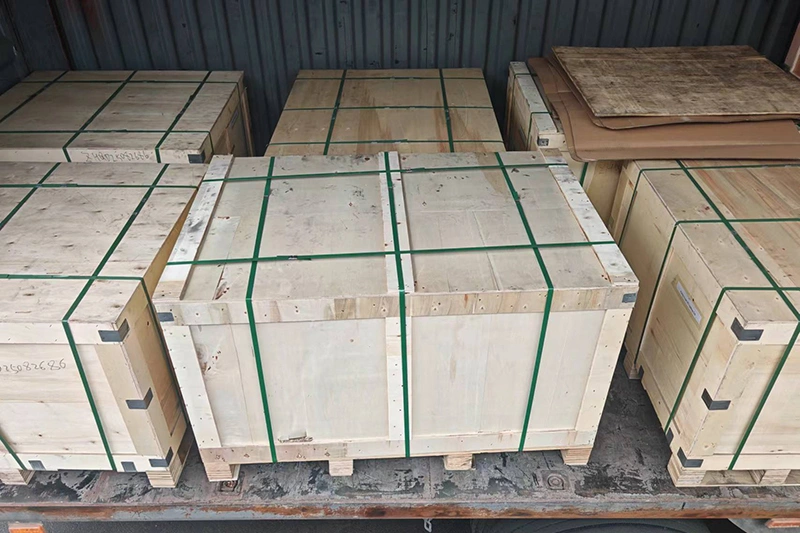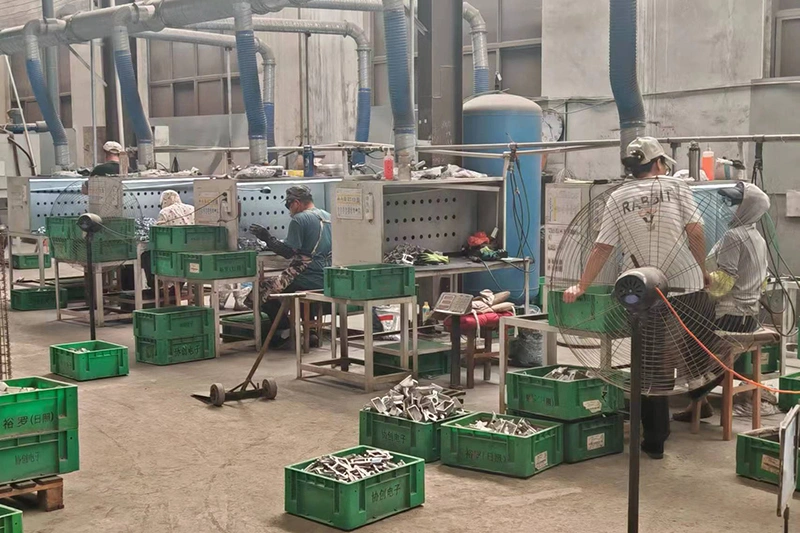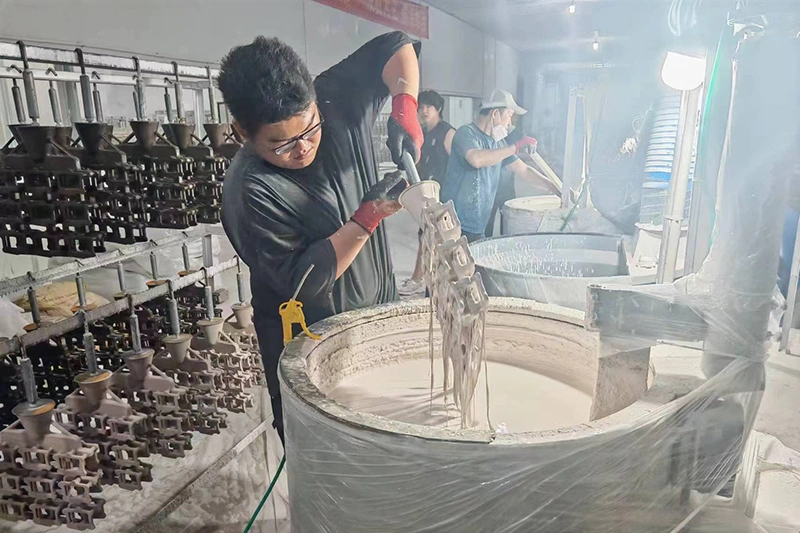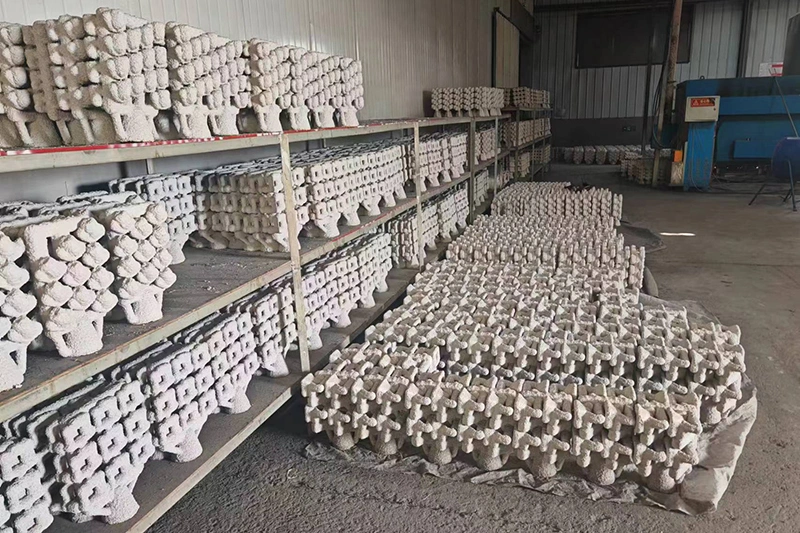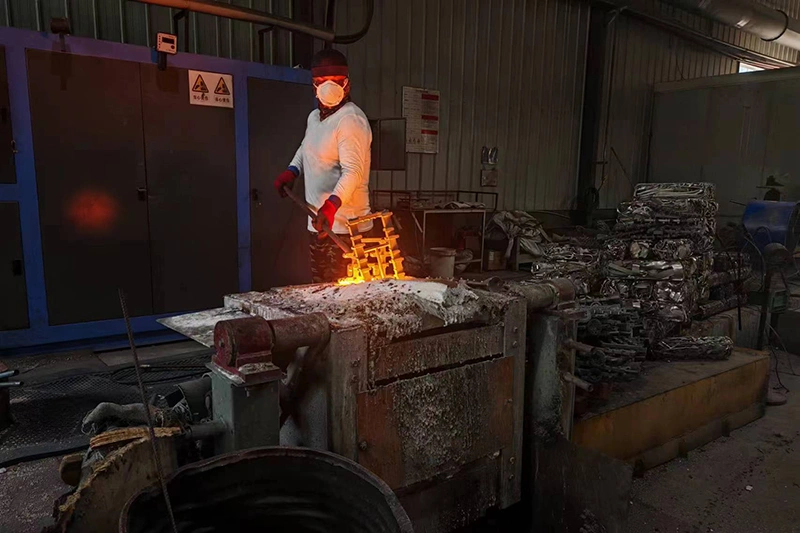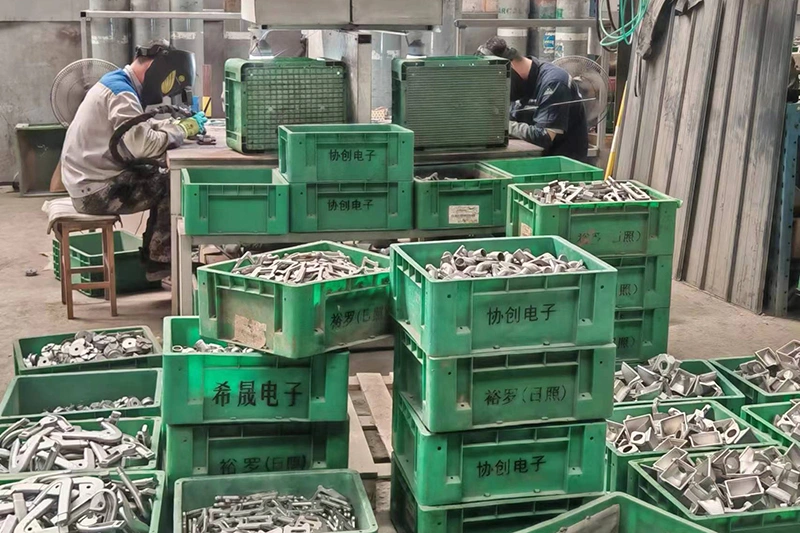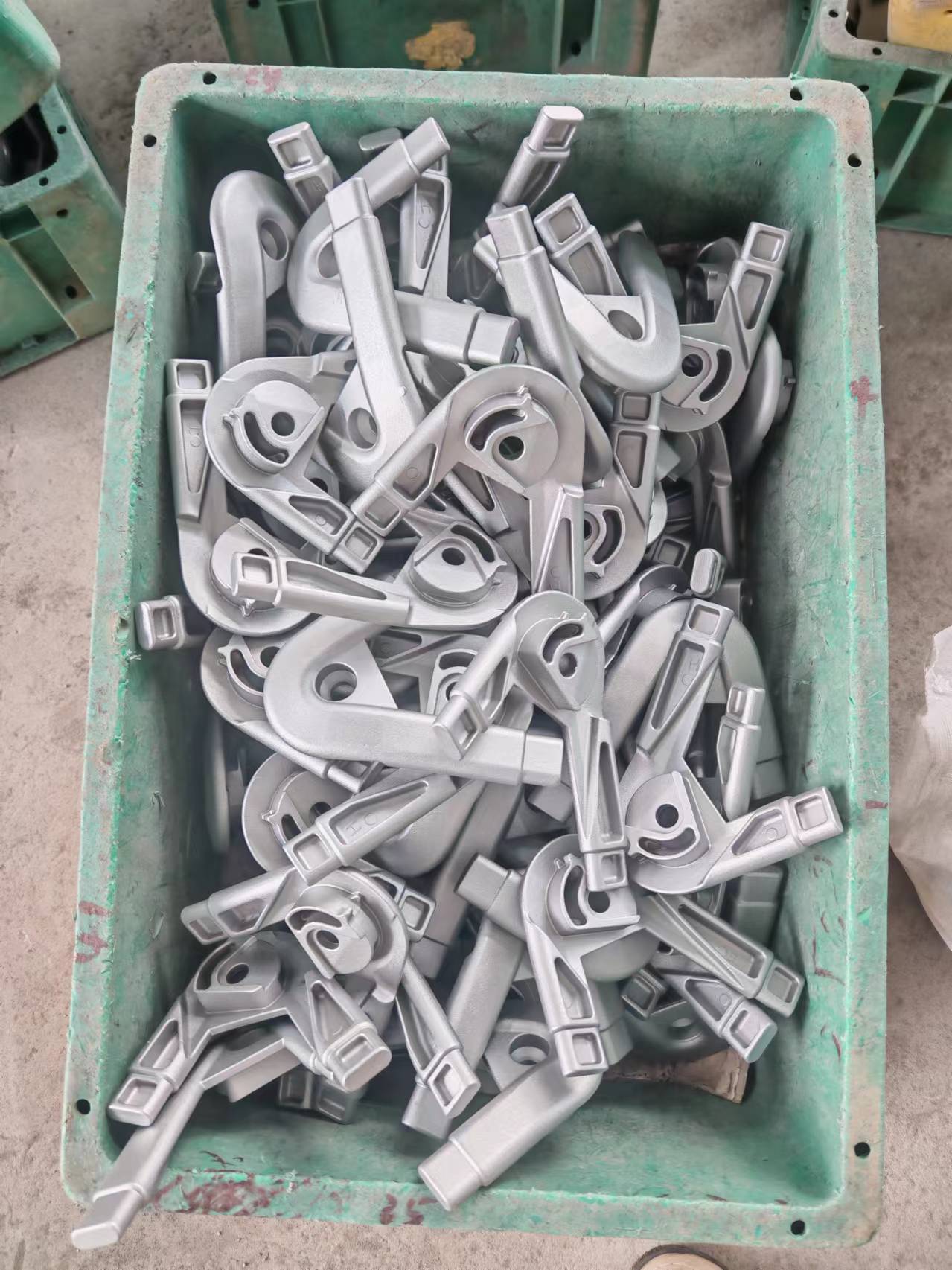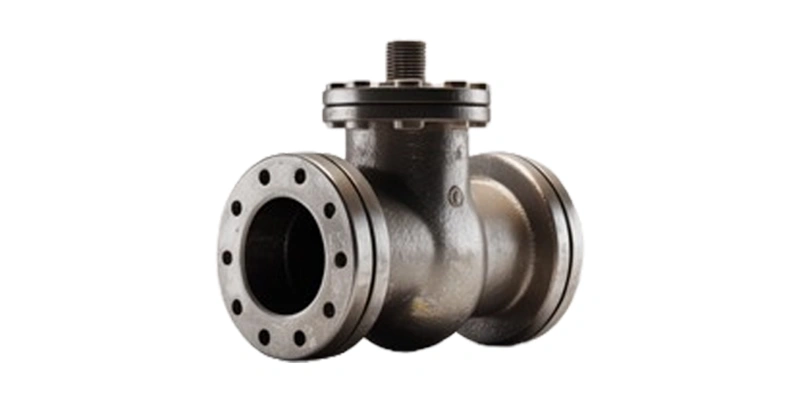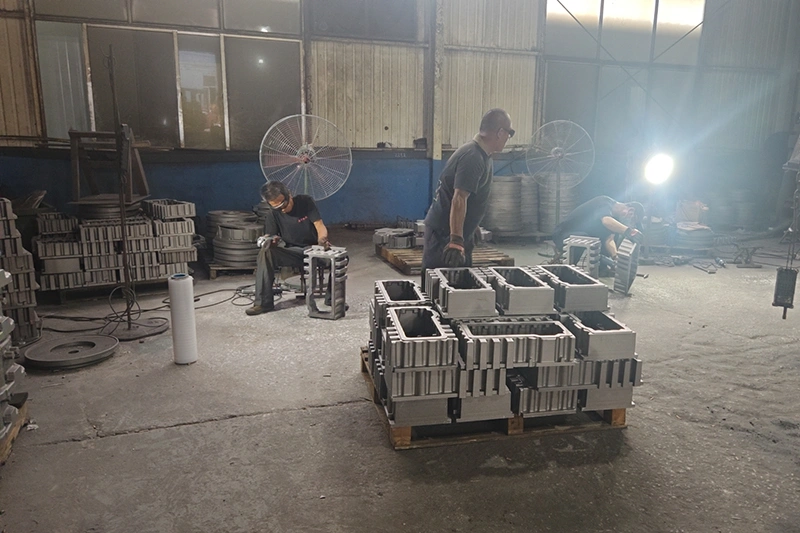INVESTMENT CASTING PROCESSING TECHNOLOGY
精密鋳造加工技術
Investment casting, also known as lost wax casting, is a precision manufacturing process that creates highly detailed metal parts with exceptional surface finish and dimensional accuracy.
This ancient technique uses a wax pattern that is "lost" during the casting process, allowing for intricate designs and near-net-shape components with minimal machining required.

